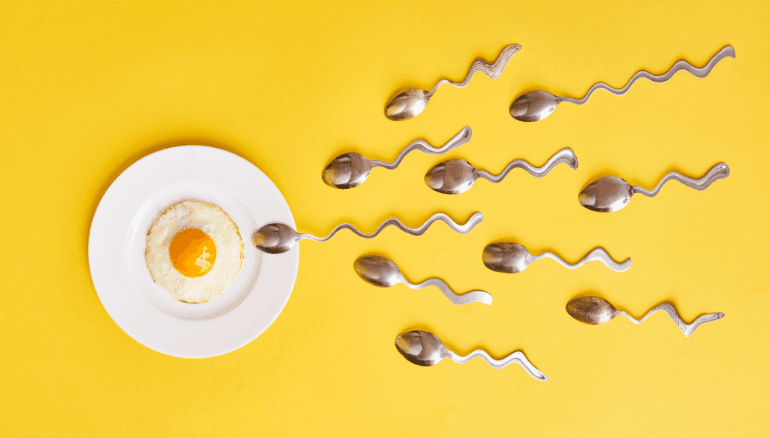I heard that fertility (overall, for like, everyone ever) is on the decrease. I looked this up and apparently, there are a few potential causes. Do you have any insight into this?
Answer
There are a couple of different ways we think about fertility.
The “fertility rate” is a common population statistic, defined as the number of children born per woman. From this perspective, the global fertility rate is certainly declining. The excellent ‘Our World in Data’ website has a great article here, which shows that the global fertility rate has halved since the 1950s.
In Australia, the fertility rate has halved since 1960, from about 355 children per 100 women, to 174 in 20171.
Even though fertility rate is the lowest it has ever been, there are now more births in Australia than ever before. This is because our population has grown so much over this time.
Things like migration, economic development, religion, education, and family planning all affect the fertility rate.
Another way to look at your question is to think of fertility as the opposite of infertility, which is commonly defined (for couples) as not becoming pregnant despite trying (having regular intercourse without contraception) for 12 months. The prevalence of infertility varies between countries but is generally accepted to be between 8-12% of all couples. There are no good data about how the prevalence of infertility might have changed over the years.
So, what are the factors that contribute to infertility?
Whether it’s population-based declines in fertility rates, or declines in individuals’ own fertility, the causes are many and varied and the solutions complex.











